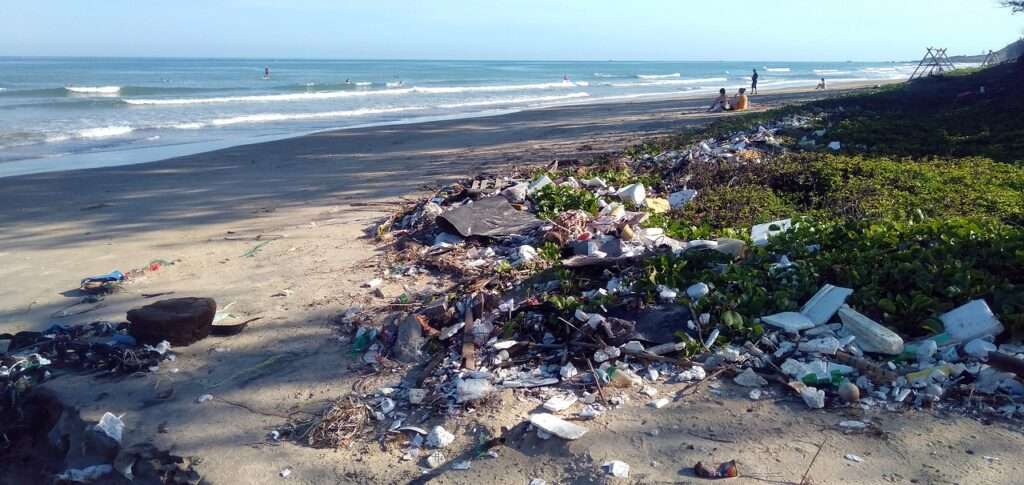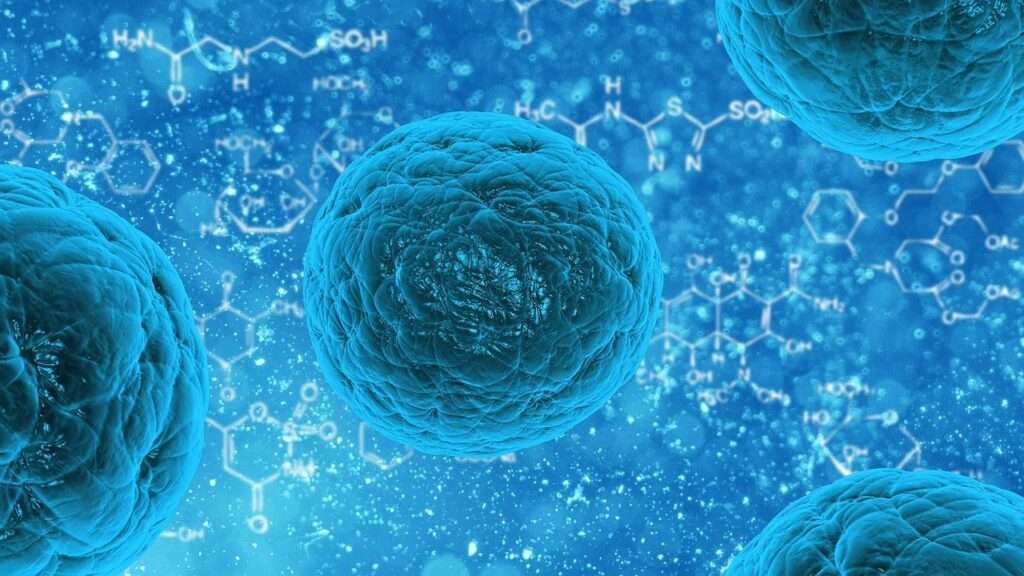
Abiotic removal of pollutants such as hydrolysis and photodecomposition are very slow and insignificant. However, biodegradation plays a vital role in the environmental fate of pollutants in nature. Whereas, biodegradation is highly dependent on multiple factors including biological, physical, and chemical. The key reasons for the slow degradation of pollutants in nature are as follows:
1. Unavailability of microbial consortium
Biodegradation of pollutants requires a large number of enzymes that can not be fulfilled by a single microorganism. Therefore, the complete biodegradation of a single pollutant requires a microbial consortium. However, all the members of the microbial consortium are not available every time in nature. Because of that, some of the intermediate metabolites accumulate in nature and inhibit the degradation further. In laboratory experiments, mostly the disappearance of the parent compound is the degradation in batch mode/semi-continuous. In some experiments, all the required microorganisms of the consortium are used to degrade the pollutants.
2. Microbial growth inhibition
The growth of pollutant-degrading microorganisms is often inhibited by the intermittent/end-product or by the pollutant itself due to its toxicity. In addition, one pollutant can inhibit another pollutant degrading microorganisms since nature has many pollutants together. However, in the laboratory degradation of pollutants are often one-to-one. That is one of the key reasons for the slow degradation of pollutants in nature than in the laboratory.
3. Bioavailability of pollutants
The bioavailability of a pollutant is the ability to interact with microorganisms and eventually degrade them. It depends on pollutant properties and physical-chemical characteristics of the medium. Most pollutants are slowly degraded in nature due to a lack of bioavailability. This is because of low aqueous solubility and partitions between different phases. However, few microorganisms have the potential to release bio-surfactant to enhance the bioavailability of pollutants and degrade further. Whereas, in the laboratory, bioavailability is enhanced with mechanical mixing and chemical surfactant.
4. Ideal growth conditions exist intermittently
The optimal growth conditions including resource availability, physicochemical conditions, and seasons for degrading microorganisms exist intermittently in nature. Therefore, microorganisms do not grow as quickly as in the laboratory where most of the parameters are under control. Generally, microorganisms double their number in a week or even longer. However, it can be achieved within a few hours in the laboratory. Hence, pollutant degradation reported in the laboratory is quicker than in nature.
5. Dormant microbial cells
Many zymogenous microorganisms (pollutant degrading) are in a dormancy state due to nutrient-poor environments or due to physical stress conditions. Dormant cells slow down their metabolic activities and rely on stored food and take little to no carbon to fulfill the energy required to survive. It’s like sleep time for microorganisms, they go to sleep when food is over and it takes time to return as metabolically active cells. Therefore, dormant cells in nature do not degrade pollutants as quickly as in the laboratory. However, in the laboratory, most of the experiments are on acclimatized microorganisms. Therefore, the rate of pollutant degradation is not comparable with each other.

6. Redox potential
Redox potential is a sum of all oxidizing (+mV) and reducing (-mV) agents available in the medium. The oxidizing agent includes DO, H2O2, oxidized metal ions, and natural free radicals. On the other hand, reducing agents include hydrogen, thiol-containing compounds, reduced metal ions, and vitamins.
Each microorganism requires a specific redox potential for optimum growth and therefore degrade pollutant optimally. This is possible since the potential redox value directly affects the cytoplasmic pH and surface properties of microorganisms. The increase in cytoplasmic pH of microorganisms can reduce the permeability of the membrane which decreases the accessibility of pollutants.
The optimum redox potential required for a specific bacterial consortium in nature is intermittent. The redox potential is optimized according to the need for microbial culture in the laboratory. Hence, biodegradation of pollutants is slower in the natural environment than in the laboratory.
7. Moisture content
The presence of optimum free water molecules is important for the optimum growth of microorganisms. Therefore, the degradation pollutants are highly variable and slow process in nature due to the lack of suitable moisture content. The required moisture content varies from species to species and environmental matrix. Generally, the high moisture content is favorable for most pollutant-degrading microorganisms. Whereas, many environmental compartments are lacking with free water molecules. Hence, the degradation of the xenobiotic compound in nature is slower than in the laboratory where moisture content is optimum.
8. Availability of sunlight
The presence of UV rays reduces microbial growth by forming pyrimidine dimers in nucleic acids that interfere with transcription and replication. At the same time, many microorganisms are phototrophic that require sunlight for growth. Therefore, the requirement of sunlight for the degradation of pollutants is process-specific and/or species-specific. The sunlight requirement of each microorganism of the consortium is not possible at a particular time and hence biodegradation is slower.
9. Osmotic pressure
Each microorganism requires specific osmotic pressure to maintain its optimal cellular functions. However, most often, the surrounding conditions of pollutants are not isotonic with degrading microorganisms. Therefore, microorganisms shrink or swell in hypertonic or hypotonic conditions, respectively, and do not degrade optimally as in laboratory experiments.
10. Abiotic degradation
The degradation of pollutants in nature is also by an abiotic process including photodegradation, hydrolysis, and oxidation-reduction. However, abiotic degradation is slow and intermittent due to a lack of suitable parameters to degrade it. In the laboratory, most parameters are under control and hence degradation is faster.

